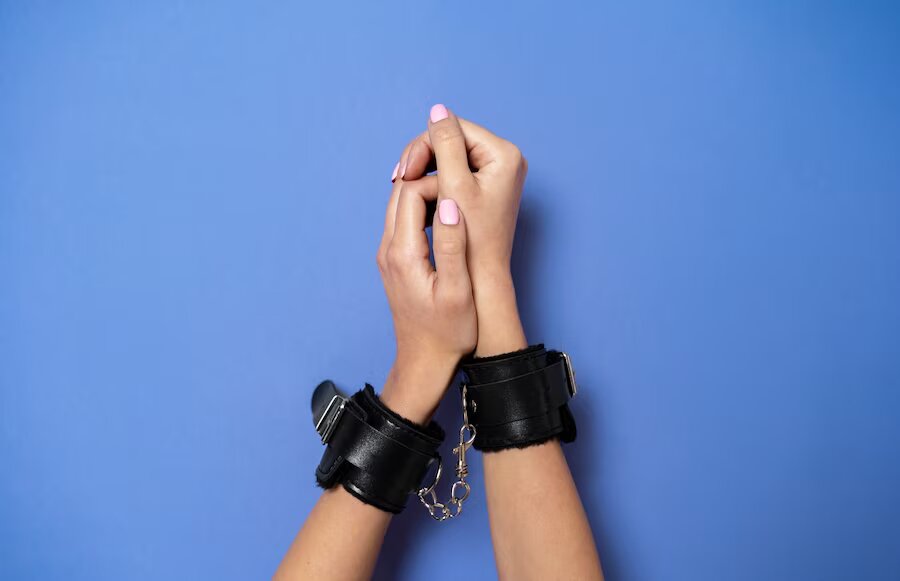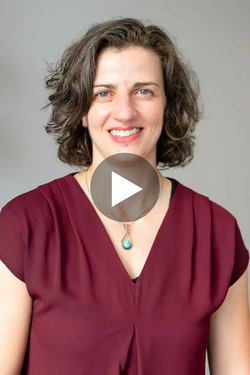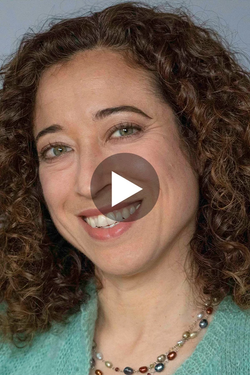As seasons change, so do our desires and relationship dynamics. While summer adventures may give way to cozy nights around fall bonfires, a more intriguing phenomenon tends to stir in the world of relationships as the leaves start to turn. This phenomenon is known as "cuffing season," a time when many people are drawn to seek out the comfort and warmth of committed relationships during the colder months.
In this article, we dive into cuffing season, exploring its origins, the reasons behind its appeal, and the ways in which it can impact our romantic lives. As the leaves fall and the temperatures drop, prepare to understand how cuffing season may change your love life.
The origins of cuffing season
The term "cuffing season" first gained popularity in the early 2010s, thanks to social media and colloquial references in urban slang. Derived from "handcuffing," the phrase implies that individuals are inclined to enter committed relationships—metaphorically "handcuffing" themselves to another person—during the colder months.
Cuffing season typically begins in late fall, extending through the winter months and tapering off just as the first signs of spring emerge. This period coincides with shorter days, chilly temperatures, and holiday celebrations, all of which may contribute to the desire for companionship and connection.
The psychology behind the desire for connection
Though the concept of cuffing season may seem modern, the underlying desire for connection during colder months may have roots in both biological and social factors. Some aspects potentially contributing to the phenomenon of cuffing season include:
- Weather conditions: Cold temperatures and shorter daylight hours can lead to spending more time indoors, fostering an environment where relationships can flourish in cozy, intimate settings.
- Seasonal affective disorder (SAD): SAD, a type of depression that arises primarily during the winter months, can trigger feelings of loneliness or sadness, which may fuel the motive to seek companionship.
- Social gatherings: The holiday season typically brings about an increase in social events, such as family gatherings and parties, at which singles may feel the pressure to be in a relationship or experience a heightened sense of loneliness if attending alone.
- Evolutionary factors: From an evolutionary standpoint, seeking partnership during the harsher winter months may have been advantageous for survival, ensuring warmth, protection, and shared resources.
These various influences may work together to create a complex web of motivations for engaging in cuffing season behaviors.
The impact of cuffing season on your love life
As the allure of cuffing season takes hold, it's essential to recognize how this phenomenon may influence your relationships, both new and established. Being aware of these potential impacts can guide you in making more informed decisions about your romantic pursuits. Some key considerations include:
- Assessing priorities: Take time to reflect on whether the desire to be in a relationship is a genuine interest in building a connection or merely a reaction to seasonal changes and social pressures.
- Managing expectations: Acknowledge that cuffing season often brings about temporary relationships rather than long-term commitments, and manage expectations accordingly to minimize potential disappointment or misunderstandings.
- Strengthening communication: As with any relationship, communication is vital. Discuss both partners' desires and expectations, whether you're embarking on a new relationship or adjusting an existing one during cuffing season.
- Maintaining self-care: Remember that maintaining your emotional and mental well-being is essential. Whether cuffing season sparks new connections or a time of introspection, prioritize self-care and personal growth.
How to embrace cuffing season with a positive attitude
Navigating cuffing season entails embracing the unique energy and opportunities it offers. By adopting a positive perspective and empowering yourself with self-awareness, you can make the most of this time. These tips can help you embrace the cuffing season:
- Be receptive to new experiences: Cuffing season can inspire meeting new people and exploring connections. Approach each encounter with an open mind and a willingness to learn more about yourself and others.
- Prioritize communication and consent: Regardless of the season, open communication and respect for boundaries should remain at the forefront of any relationship.
- Nurture existing relationships: Take advantage of this introspective time to deepen your connections with your current partner, friends, and family, fostering warmth and understanding even amid the coldest months.
- Invest in self-discovery: Use the introspective energy of the season to explore your desires, passions, and goals, fostering personal growth and a deeper understanding of your relationship needs.
Takeaway
Cuffing season is a fascinating phenomenon that demonstrates the ever-changing nature of our relationships and desires, shaped by both internal and external factors. By understanding the origins and influences of this season, you can approach your romantic life with a heightened sense of self-awareness and clarity.















































